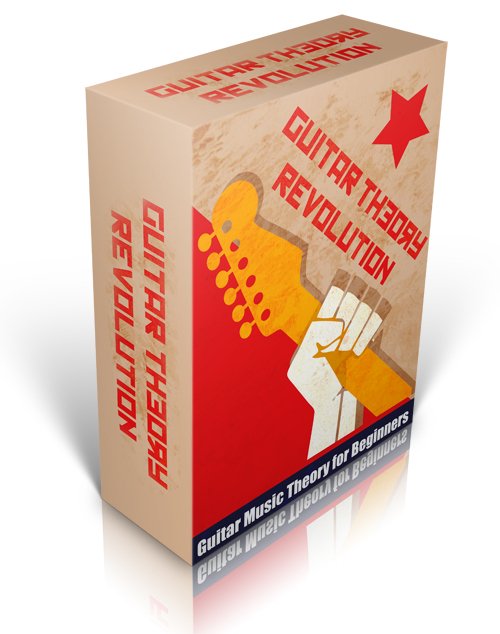The six principals of correct scale practice
Scales are essential for developing finger strength and musical control. Scales practiced poorly, however, are a waste of time and will potentially hold back your musical development.
I’m getting a lot of messages from people coming here because they want to learn to play guitar as part of worship. If this is you, you might want to join Aaron Anastasi’s programme. Aaron is a musician and a worship leader. He put together a step by step programme for aspiring Christian musicians. If you're interested, you can use the exercises and advice in learn-classical-guitar-today to develop your finger strength and dexterity and Aaron's lessons to work on strumming and worship music.
CLICK HERE TO LEARN WORSHIP GUITAR !!
Here are SIX principles for good classical guitar scale practice.
- The surest, easiest and quickest way to practise the scale is to start slowly. Very slowly! Increase the tempo slowly as competence is reached at each tempo. Use a metronome to guide your tempo, but do not use it all the time while you are practicing scales as this will result in your scales sounding very mechanical. I was taught to shift the metronome up by 3 bpm and then to move it back by 2. Alternately you can move it up by 5 bpm and then move it back by 3.
- Another question that raises a lot of discussion and debate is how are scales to be practiced and also which scales are to be practiced. This gets even more complicated when you consider that scale practise involves left hand and right hand activity, both of which you are trying to develop through the scale practise. It also involves ear training as you are engaged in listening to the dynamics and the tone of the scale that you are forming. And above all it involves mental work as you test and realign your body physically and attempt to co-ordinate the physical aspects of finger strength and flexibility with musical articulation and tone and dynamic. The principle is to ensure that your practice schedule includes a range of scales and at minimum major scales and minor scales.
- Scales should be practised legato and staccato and should have minimum string squeak, particularly when shifting positions. This improves the players musical control and movement across positions on the fretboard.
- The player should practise playing the scale along the dynamic range from pp to ff starting the scale with pp and gradually working up to ff and then back again and vice versa. This improves the musicians musical and dynamic control and also the musicians sensitivity to dynamic ranges.
- The scale should be practiced in various interval combinations. So, for example, one way of playing a C Major scale would be to play C D E F G A B C. Another way would be play the scale : C D E, D E F, E F G, F G A, G A B, A B C. Another would be to play the scale C D C E D C D E etc. There are all kinds of combinations available for playing scales. These combinations are useful for stretching the fingers, the coordination and the ear.
- Where it makes sense, and where possible, practice the relative major and minor in succession to each other. This is very good for aural development and strengthens the knowledge of specific keys.
Go to other pages in the classical guitar scales series
- The introduction to the Classical Guitar Scales Series
- One aspect that serves to discourage are the challenges with selecting which scales to practice. Three strategies for doing so and four key guiding principles are provided in this page.
- Classical guitar players (from beginners to intermediary players) frequently make 4 common mistakes when practising scales. Click here for the four common mistakes made in the practise of scales and the importance of using scales for your technical and your musical development through the enhancement of your musical reflexity.
- This page on scale notes and fingering provides the theory related to the development of major and minor scales which will empower you to construct, by yourself, any scale required in the future. It also provides links to the notes and fingering suggested for major scales, minor scales and other scales required by guitar examinations.

You'll need to go a little deeper into music theory as you proceed. The best online resource for this is Guitar Theory Revolution. It recognises that music theory is very hard for guitarists because music theory has till now been located in the piano paradigm. The Guitar Theory Revolution overthrows the piano paradigm that is holding you back and embraces the attributes of the guitar to unpack music theory. In fact, it goes further and allows you to see that the guitar is one of the best instruments for learning theory.





